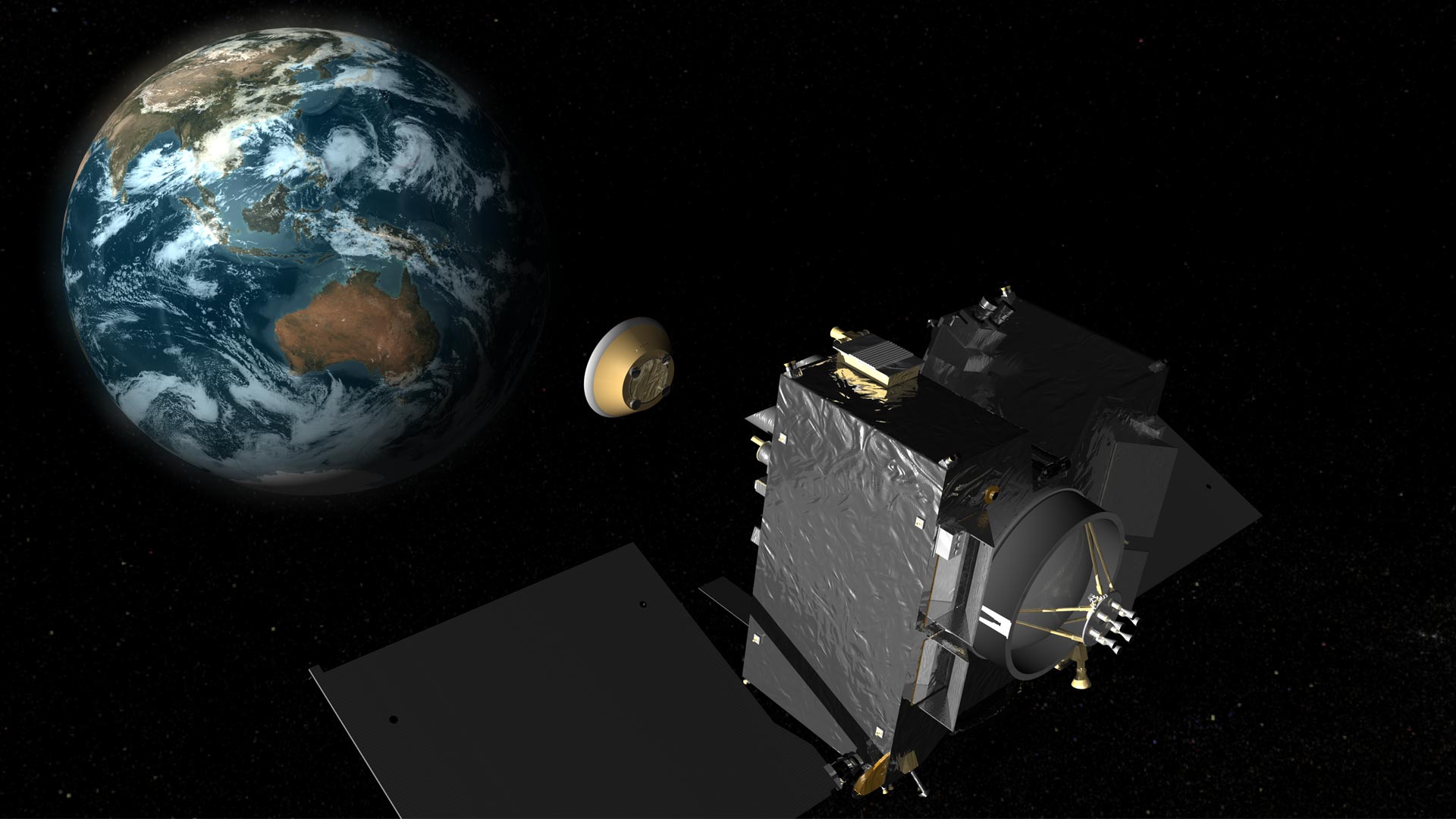
The University of Arizona’s OSIRIS-REx spacecraft has opened its eyes and sent back images of stars as it begins its seven-year journey.
Four days after blasting off from Cape Canaveral on Sept. 8, the spacecraft's star tracker, a navigational tool, took pictures of stars to confirm its attitude, or the direction it is pointing.
A week after launch, I'm healthy & on track for my trip to Bennu. I even took my first image https://t.co/gf5BHdo8j1 pic.twitter.com/Tkg6niELVL
— OSIRIS-REx (@OSIRISREx) September 15, 2016
NASA and the UA-based mission said in a press release the spacecraft was about 2 million miles from Earth as of Thursday morning. It’s traveling more than 12,000 miles an hour on its way to circle the sun before coming back and passing Earth in a year.
Next week, spacecraft controllers will check the scientific instruments on board, including the UA’s cameras; two spectrometers, including one built by Arizona State University; a laser altimeter; and an X-ray imaging system. That testing will last for about a week.
OSIRIS-REx is the first U.S. spacecraft destined to visit an asteroid. When it arrives, it will study the asteroid Bennu, sweep up a sample and return it to Earth, due back in 2023.

By submitting your comments, you hereby give AZPM the right to post your comments and potentially use them in any other form of media operated by this institution.